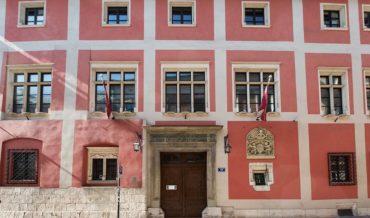Magdeburg Law is a set of laws of this city also known as Weichbild Saski. It was created as a result of the merger of the treaty on the judicial system with the Magdeburg lay law. These laws determined the organization, customs and regulations inside the city. From the end of the 12th century, it became a legal and organizational model for many established East German cities, and then spread to Poland, Lithuania and Ukraine. On June the 5th 1257, the prince of Kraków Bolesław the Chaste, his mother Grzymisława and his wife Kunegunda issued the privilege of establishing Kraków in the village of Kopanica according to Magdeburg law. After the destruction caused by the Tatar invasions, the city had to be rebuilt and brought to a state that attracted local professionals. Casimir the Great considered it unworthy of Polish interests to constantly refer to this law and decided to reform it. From now on, instructions can only be issued by the Magdeburg Court located at the Krakow Castle. The “court of six cities”, which included the cities of Małopolska, was recognized as the highest court of law.
The following cities were located under the Magdeburg Law: Złotoryja, Lwówek, Środa Śląska, Wrocław, Poznań and Kraków.

